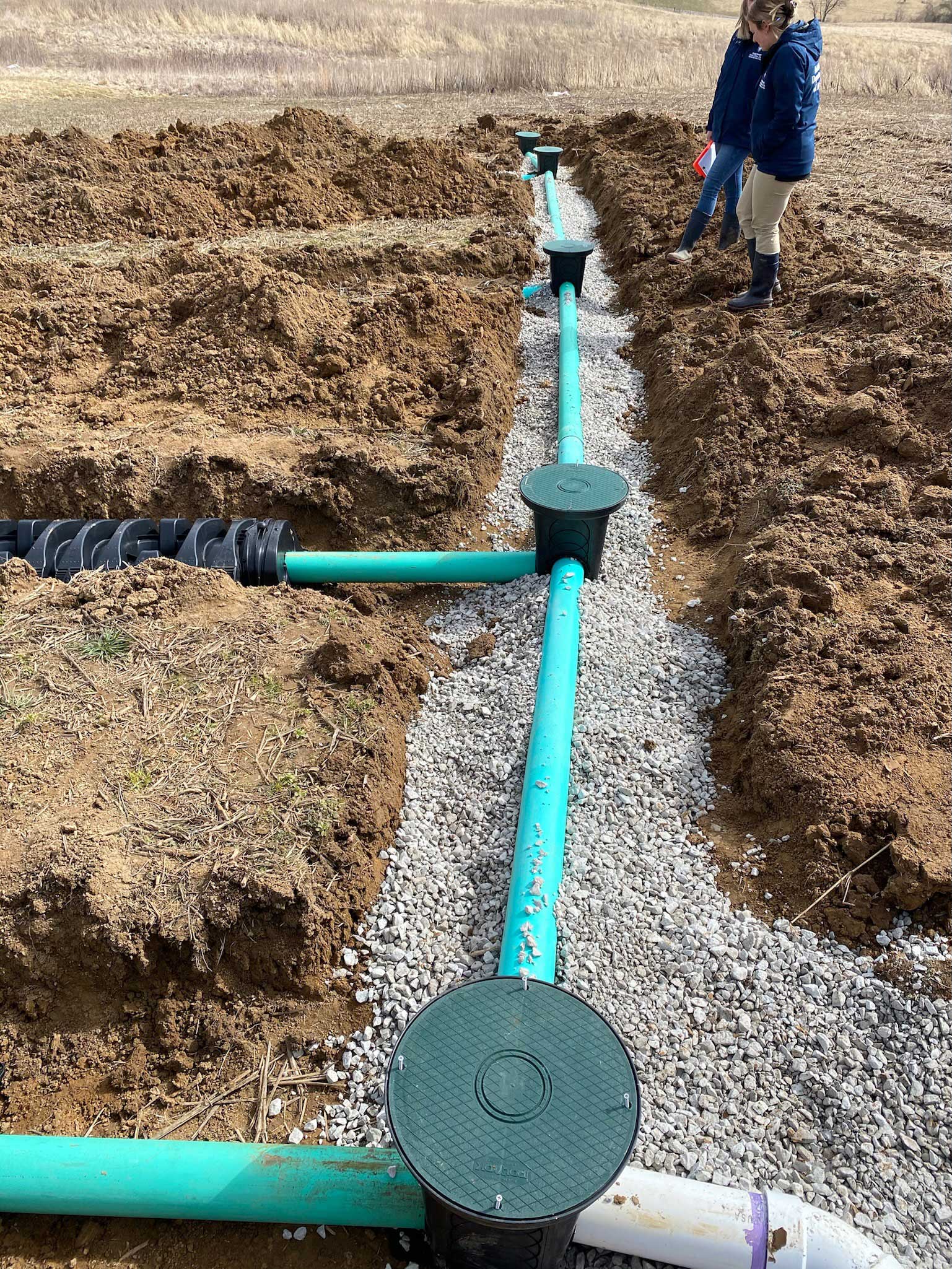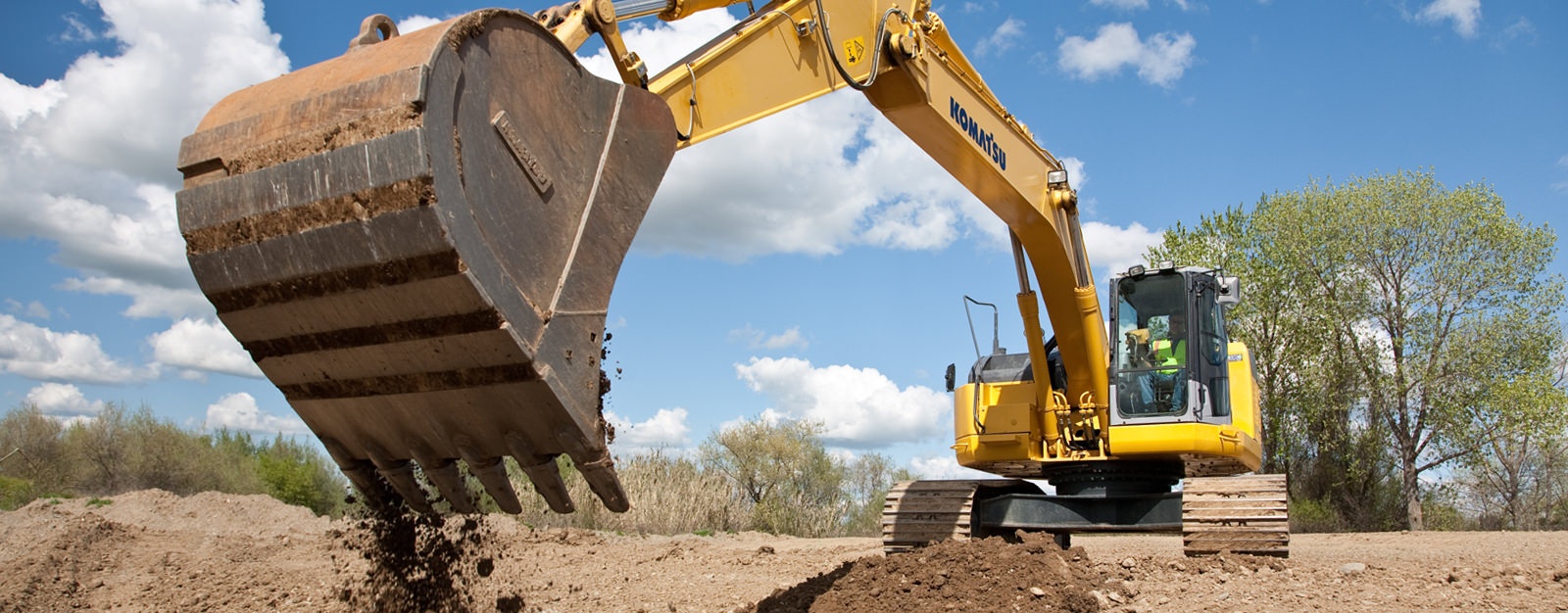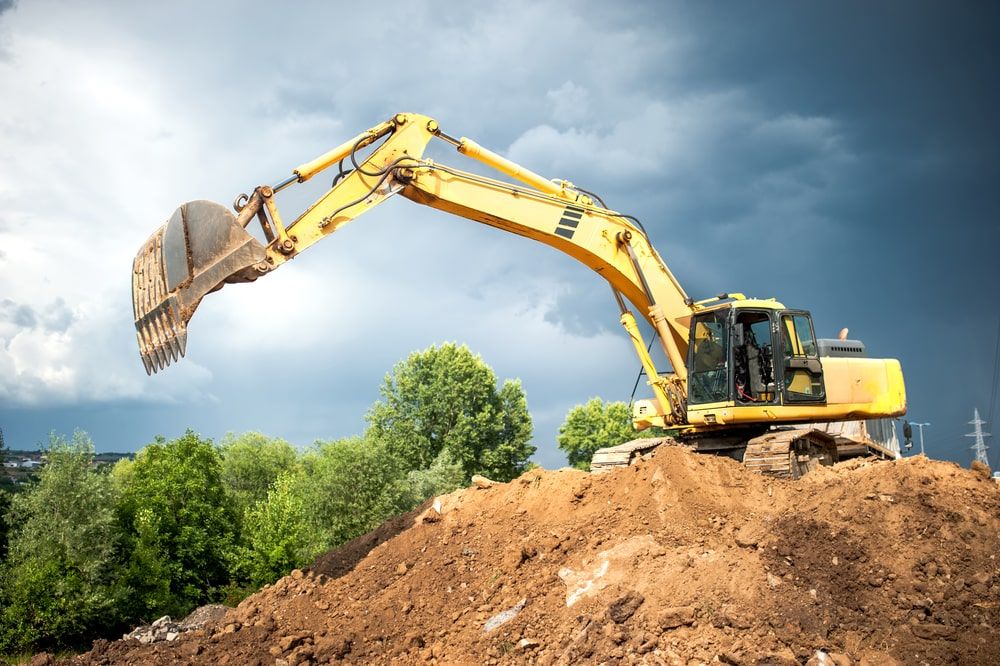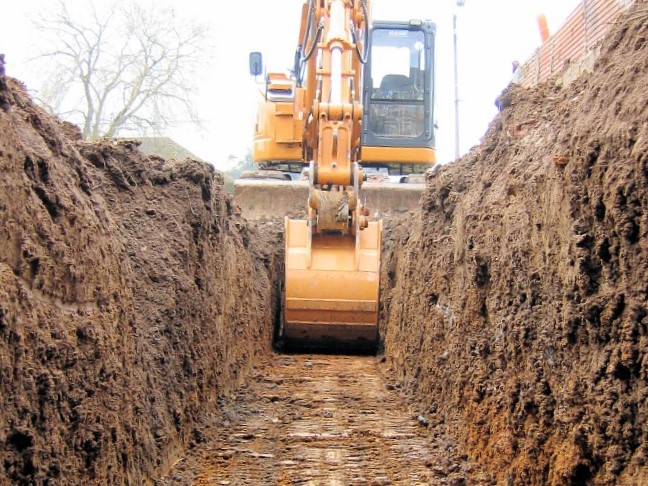In-Depth Expedition: The Scientific Research Behind Superior Excavation Practices
The world of excavation practices is a domain name where science intertwines with workmanship to uncover the enigmas hidden under the planet's surface area. From ancient hand tools to modern hydraulic excavators, the evolution of excavation methods has been a testimony to human resourcefulness and technological developments. Nevertheless, what genuinely establishes premium excavation methods apart is a deep understanding of geological principles, combined with the usage of innovative devices and techniques. By checking out the scientific research behind these techniques, we can discover the tricks that lie beneath our feet and appreciate the accuracy and know-how that go right into every dig.
Advancement of Excavation Methods
Throughout background, the advancement of excavation techniques has actually played a vital duty in progressing construction methods and archaeological explorations. From the rudimentary tools used by our ancestors to the innovative machinery employed in modern-day times, the development of excavation techniques has actually substantially transformed just how we approach numerous jobs.
In old times, manual labor with fundamental devices such as wheelbarrows, pickaxes, and shovels was the main technique of excavation. This labor-intensive process restricted the depth and scope of excavations, commonly leading to slow-moving progress and restricted accessibility to certain websites. However, as human beings progressed, so did the strategies and tools utilized for excavation.
The Industrial Transformation noted a turning point in excavation experiment the introduction of steam-powered machinery. This advancement revolutionized the field, permitting faster and much more considerable excavations. In modern times, technology plays a critical function in excavation, with advancements like GPS systems, drones, and 3D scanning improving accuracy and performance in the area. The advancement of excavation techniques remains to shape the method we develop, explore, and comprehend the globe around us.
Function of Innovation in Excavation

The assimilation of innovative modern technology has actually essentially reinvented the field of excavation, enhancing accuracy and effectiveness to unprecedented degrees. One of the vital technical developments that has actually significantly influenced excavation methods is the usage of GPS systems. These systems permit exact mapping of excavation sites, enabling drivers to precisely locate below ground utilities and frameworks. Furthermore, using telematics in excavation devices has made it possible for real-time tracking of equipment performance, leading to aggressive maintenance and increased functional productivity.
Furthermore, the development of 3D modeling and simulation software program has streamlined the planning procedure for excavation projects. Drivers and engineers can currently visualize the whole excavation procedure before damaging ground, identifying possible challenges and enhancing process. Combined with this, the application of drones in excavation tasks has helped with aerial surveys, volumetric dimensions, and website examinations with unrivaled rate and accuracy.
Geological Principles in Excavation
An understanding of geological principles is crucial for ensuring the structural integrity and stability of excavation sites. Geological elements play a crucial role in determining the feasibility and safety of excavation projects (excavating ohio). One vital geological principle to consider is the kind of dirt or rock existing at the website. Different dirt types, such as clay, sand, or gravel, have differing levels of stability and need various excavation methods. For example, cohesive soils like clay might need extra assistance to stop collapses, while sandy dirts may be prone to disintegration during excavation.
Moreover, the geological structure of the location, including mistakes, cracks, and rock formations, have to be very carefully assessed to identify possible risks and obstacles. Excavating near mistake lines or unsteady rock formations can result in instability and prospective threats. By carrying out detailed geological surveys and evaluation, engineers and excavators can develop strategies to alleviate risks and make sure the successful completion of excavation tasks. Ultimately, integrating geological concepts into excavation techniques is essential for attaining safe, effective, and lasting results.

Most Current Tools for Excavation
In the realm of excavation techniques, modern technologies in devices have revolutionized the performance and accuracy of excavation procedures. These drones can provide in-depth aerial studies of excavation websites, offering real-time data on topography and prospective hazards.
An additional cutting-edge tool gaining appeal is the application of 3D printing technology for creating custom excavation tools. This enables the production of specialized tools that are customized to the certain requirements of a task, enhancing performance and minimizing downtime.
Furthermore, innovations in materials science have actually brought about the advancement of more powerful and much more sturdy excavation tools. dump truck companies in Homepage ohio. Tungsten carbide-tipped excavator attachments, for instance, deal remarkable efficiency in challenging ground problems, boosting efficiency on-site
Scientific research's Effect on Excavation Practices

In addition, advancements in products science have actually brought about the development of more powerful, extra long lasting excavation tools and tools. For example, the usage of composite products in miners and shovels has actually boosted their performance and longevity, inevitably boosting productivity on excavation websites. In addition, scientific study on soil auto mechanics and geotechnical design has provided useful insights right into dirt habits, permitting excavation professionals to make enlightened decisions relating to excavation approaches and soil stablizing techniques. Generally, scientific research remains to drive technology and improvement in excavation methods, making excavation tasks more effective, affordable, and lasting.

Conclusion
Finally, the advancement of excavation methods has been significantly influenced by innovations in discover here modern technology and a deeper understanding of geological concepts. The most recent devices and devices used in excavation have actually enhanced effectiveness and precision in the published here area. The application of clinical knowledge has actually considerably improved excavation practices, leading to extra sustainable and effective techniques for excavating numerous sorts of products.
In the realm of excavation practices, modern technologies in tools have actually changed the performance and accuracy of excavation processes. By leveraging scientific concepts, the excavation sector has been able to considerably boost efficiency, accuracy, and safety in excavation processes. GPR enables excavation teams to non-invasively check and map subsurface frameworks, utilities, and prospective risks, enabling them to intend excavation projects with higher precision and decreased risk of crashes.
In addition, scientific research on dirt mechanics and geotechnical design has provided beneficial insights right into soil behavior, enabling excavation professionals to make enlightened decisions regarding excavation approaches and soil stablizing strategies. On the whole, science proceeds to drive advancement and improvement in excavation techniques, making excavation projects extra effective, cost-effective, and sustainable.